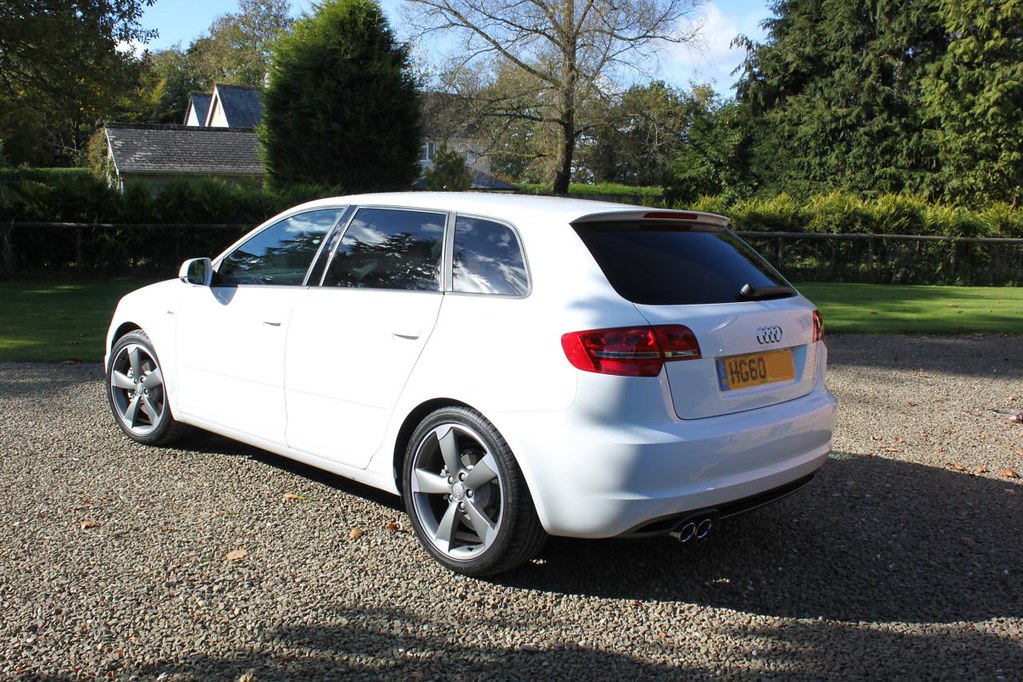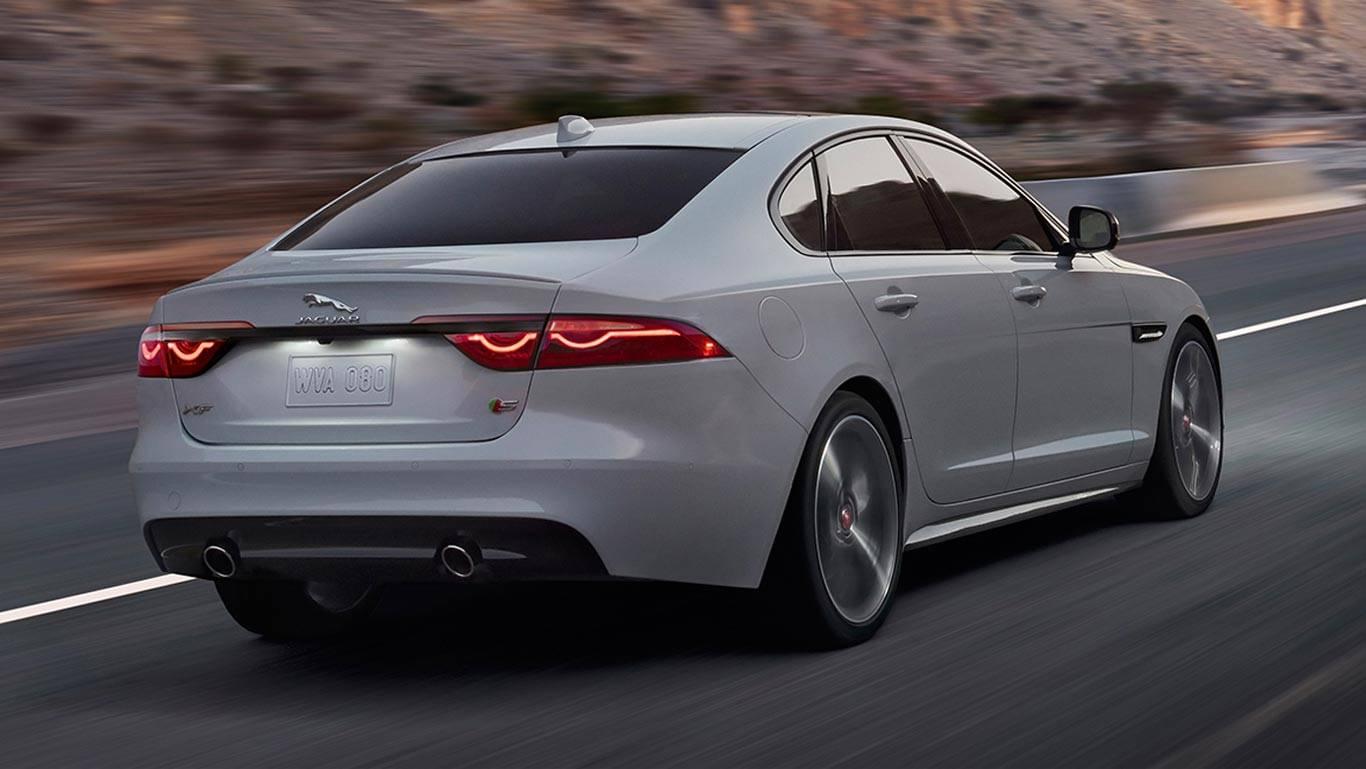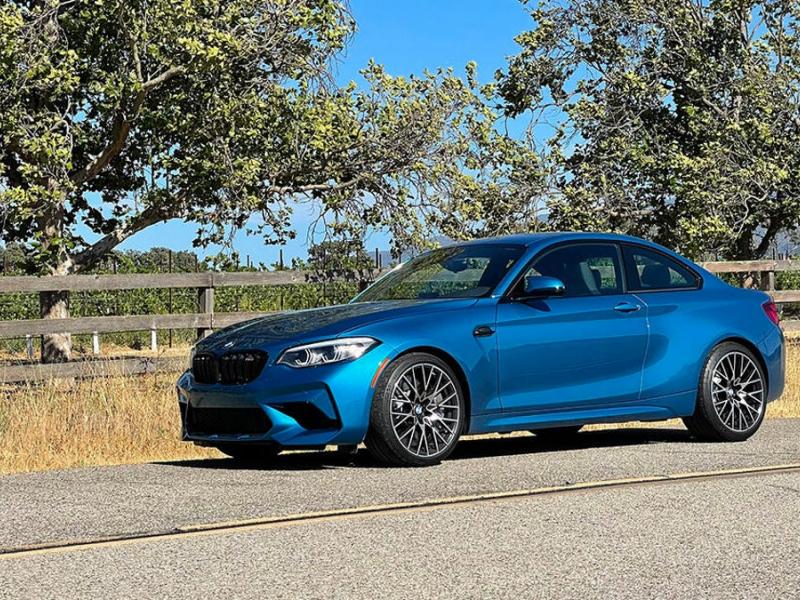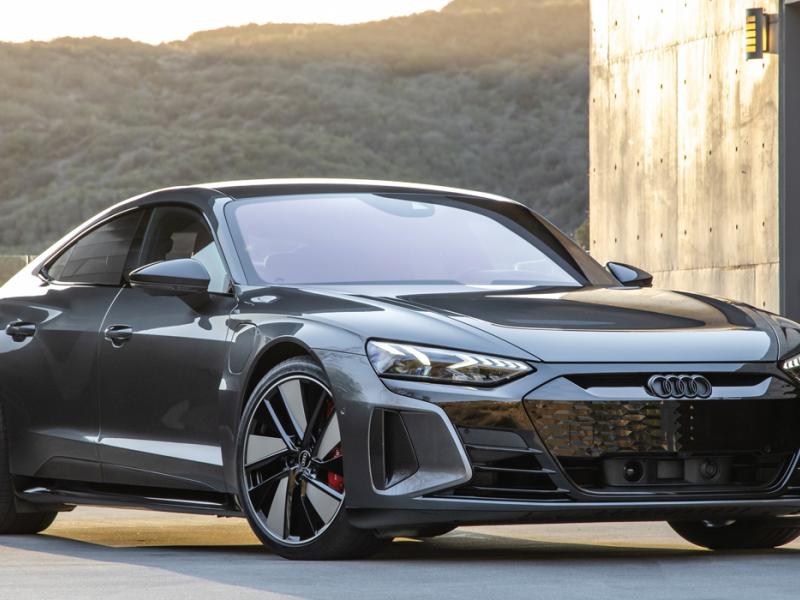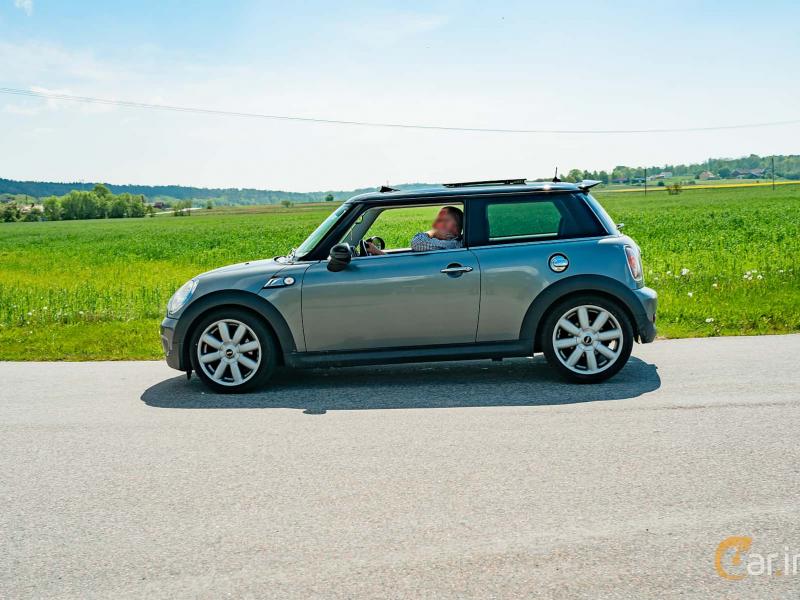2013 Audi A3 Sportback
Audi took the wraps off the new Audi A3 Sportback, the five-door version of the car that is already on sale in three-door and sedan forms.
The new model is thoroughly upgraded and features many new and exciting stuff over the previous A3. By combining its sleek new look with a longer wheelbase than both its predecessor and its all-new three-door counterpart, the eminently practical compact is able to offer even more space for families and their luggage, with barely any increase in exterior ‘footprint’. It is also more practical with wheelbase 58mm longer than predecessor and 35mm longer than new three-door and 1,220 litres of luggage capacity
Carrying a premium of £620 over its three-door equivalent, the first phase of A3 Sportback models is now open for ordering priced from £19,825 OTR in the UK and 22,500 Euro in the rest of Europe. Before that though the car will makes it public debut at next week’s Paris Motor Show.
Complete details in Audi press release:
Exterior design
The new Audi A3 Sportback is long and lean. While the length (4,310 millimetres), width (1,780 millimetres) and height (1,425 millimetres) are only slightly greater than for the previous model, the wheelbase now measures 2,636 millimetres, an increase of 58 millimetres. This makes the five-door model 35 millimetres longer between the axles than the three-door version.
The design with the three side windows is taut and concentrated. The distinguishing element at the front of the A3 Sportback is the distinctive, stone grey single-frame grille with its angled upper corners. The lower edges of the headlights taper off at an angle, and on S line models are equipped as standard with xenon plus headlights with LED daytime running lights – these will also be optional for other versions. Large air intakes up front hint at the power of the engines.
The sharply defined tornado line articulates the flank below the windows and evokes a powerful shoulder. The dynamic line above the side sills runs upwards toward the rear.
The tautly curved surfaces, the large, precisely defined wheel wells, the relatively narrow, sharply sloping C pillars and the understated roof spoiler lend the A3 Sportback a dynamic air, as do the exterior mirrors, which in common with many sports cars are perched on the doors.
At the rear, the split rear lights underscore the width of the A3 Sportback – on S line models, or where the optional LED light package has been specified, these are formed using LEDs whose conductors appear to form a continuous arch. The adaptive brake light, which pulses at high frequency during hard braking, is standard. A sharp crease sets off the diffuser, and depending on the engine the exhaust system which protrudes from it terminates in one or two tailpipes on the left side of the car.
Ultra lightweight body
The Audi ultra lightweight design principle has long been a cornerstone for the brand. It reduces the weight of the new A3 Sportback by as much as 90 kilograms compared with the previous version. Equipped with the 1.4 TFSI engine, the five-door model has a kerb weight (without driver) of just 1,205 kilograms – a reversal of the weight spiral which makes the Sportback a class-leader in this respect.
High-end components of hot-shaped steel in the occupant cell form a strong, yet lightweight structure. They comprise a large portion of the body and are a major factor behind the weight savings of 37 kilograms in the occupant cell. High and ultra-high-strength steels are used in many other areas. The bonnet, the wings, the profile behind the front bumper and the front axle subframe are made of aluminium. Together they save roughly 12 kilograms and thus improve axle load distribution.
The body of the Audi A3 Sportback is extremely stiff and quiet, as components such as a noise-insulating windscreen reduce interior noise levels. Thanks to extensive fine-tuning that also included the engine compartment and the underbody, the coefficient of drag is just 0.30. Passive safety is also top-notch. In the event of a collision with a pedestrian, a pyrotechnic element at the back of the bonnet raises it several centimetres to cushion the impact.
Interior
The interior of the new A3 Sportback is marked by an elegant, clean and light design. A long arch runs below the windscreen reminiscent of the larger Audi models. The instrument panel with its curved front is lean and low.
The intuitively clean ergonomics are a classic Audi strength, and are characterised by the MMI operating system with its power-retractable monitor which will be standard on UK models. Its terminal is located on the console of the centre tunnel, which is flanked by high knee pads. A button for the electromechanical parking brake replaces the handbrake lever – another adoption from the larger Audi models.
The driver sits at an elegant steering wheel which, depending on version, has three or four spokes, a flat-bottomed rim, multifunction buttons and shift paddles. The large dial instruments can be easily read at a glance. The newly developed front seats offer outstanding support, and sports seats are fitted as standard to Sport and S line versions
Thanks to the 58 millimetre increase in wheelbase length, the A3 Sportback offers ample rear seat space and easy access for three adults. It also offers several millimetres more head and leg room than its predecessor.
The interior of the new A3 Sportback conveys the luxurious look and feel of the full-size class. The sculpted inlays are just one of its highlights. Depending on version these have a Micrometallic Silver, Aluminium Mistral or matt brushed aluminium finish. An optional 3D ‘Optic’ look inlay manufactured in a complex process to produce a glass-like appearance which gives it intense depth is available as an option.
The four large, round air nozzles in a jet design are additional examples of the aesthetics of technology. The stream of air can be adjusted between a diffuser setting and a targeted flow by tapping and pulling on the central hub of the nozzle.
The control unit for the dual-zone air conditioning which will be fitted as standard to Sport and S line versions and optional for SE models is mounted on a black, piano-finish fascia. The instrument cluster fascia is also black. Many control elements are available in an aluminium-look finish, and the optional interior lighting package includes subtle LED lights.
Cloth seats are standard for SE and Sport models, while S line versions upgrade to a mixture of Biathlon cloth and leather. Options include Milano leather or a combination of leather and Alcantara. The Milano leather sport seats are covered with soft Velvet in the shoulder region.
Equipment levels mirror the three-door A3 across the three SE, Sport and S line specification levels, but the more family-oriented Sportback also adds rear electric windows and rear door child locks in each case. Highlights common to all also include alloy wheels, air conditioning (manual in the SE, dual zone with electronic control in Sport and S line), the acclaimed MMI radio with its 11 millimetre-thin electrically folding screen, preparation for SD card navigation, Audi Music Interface iPod connection, a Driver Information System, the Bluetooth mobile phone interface with voice control and a multi-function steering wheel.
Sport models upgrade to larger alloy wheels and incorporate the Audi drive select adaptive dynamics system which enables the driver to choose from five modes dictating the car’s driving characteristics – Comfort, Auto, Dynamic, Efficiency and Individual. They influence the weighting of the steering, the sensitivity of the throttle pedal, the shift points of the S tronic transmission if this is fitted and the parameters used by the optional adaptive cruise control system. Additional Sport features also include sports seats, sports steering wheel and additional aluminium detailing inside and out.
Stand-out features of the top S line specification include 18-inch alloy wheels, S line body styling, xenon headlights with LED daytime running lamps, an S line sports steering wheel and part-leather-upholstered sports seats embossed with the S line logo.
The luggage compartment offers 380 litres of space in the basic configuration, 10 litres more than its predecessor. This expands to 1,220 litres with the seats folded down. The cargo floor is flat and the opening between the wheel wells measures 100 centimetres. The floor can be inserted on two levels, and the supports on which it rests are marked with small LED lights. The rear seat can be folded down in a 60:40 split or as a whole. Hooks for bags and tie-down rings are standard. Options include a reversible mat, a storage and luggage compartment package and a through-load facility for lengthier items such as skis and snowboards.
Engines
Audi will initially offer the new A3 Sportback with a choice of one TDI and two TFSI engines. Two diesel engines and one petrol unit will follow later. They combine multiple efficiency technologies – direct injection, turbocharging, innovative thermal management and the start-stop system. Fuel consumption has been reduced on average by around 10 per cent compared with the previous model.
The newly developed 2.0 TDI, with balancer shafts that now rotate in the crankcase, will in the longer term be available in two versions. The first to arrive will be the 150PS version familiar from the three-door, which produces 320 Nm of torque and enables the front-wheel-drive A3 Sportback 2.0 TDI to reach 62mph from rest in 8.4 seconds and continue to a top speed of 133mph. Combined fuel economy for this version is 67.3mpg, corresponding to CO2 emissions of 108 g/km.
The more powerful version which will follow later will offer 184PS and 380 Nm of torque. The key data (with manual transmission and front-wheel drive): zero to 62mph in 7.4 seconds, top speed of 144mph and combined fuel economy of 65.7mpg.
The 1.6-litre TDI which has just become available for the three-door version will also follow later in 2012. The outstandingly efficient compact diesel, which is characterised by minimal internal friction, can deliver up to 74.3mpg when paired with the manual transmission, corresponding to CO2 emissions of 99 g/km. It powers the Audi A3 Sportback from zero to 62mph in 10.9 seconds on its way to a top speed of 121mph.
The new 1.4 TFSI will initially be the smallest petrol engine in the A3 Sportback range. Now featuring an aluminium block, and weighing just 107 kilograms – 21 kilograms less than its predecessor – it produces 122PS and 200 Nm of torque, accelerating the A3 Sportback from zero to 62mph in 9.3 seconds on its way to a top speed of 126mph. Combined economy is 53.3mpg, which corresponds to 123 grams of CO2/km.
A second version of the 1.4 TFSI offering 140PS and 250 Nm of torque will follow. It features the innovative cylinder on demand (COD) system, which deactivates the second and third cylinders at low to intermediate loads and while coasting.
The powerful 1.4-litre engine’s combined economy is 60.1mpg. Performance is brisk, with a time of 8.4 seconds for the standard sprint (with manual transmission) and a top speed of 132mph.
The new 1.8 TFSI, the most powerful petrol engine in the range, is next in the line-up at launch. It produces 180PS and 250 Nm of torque, and combines FSI direct injection with indirect injection and the Audi valvelift system to vary valve lift as required. The exhaust manifold is integrated into the cylinder head – a similar solution is also used in the two smaller TFSI engines. Key performance data with
S tronic and front-wheel drive: from zero to 62mph in 7.3 seconds, top speed of 144mph and combined economy of 50.4mpg corresponding to 130 g/km.
Later in 2012 the 1.2 TFSI, which also features an aluminium crankcase designed for low weight and minimal friction, will join the range. It produces 105PS and 175 Nm of torque. Together with S tronic transmission, it will power the A3 Sportback from zero to 62mph in 10.7 seconds and on to a top speed of 120mph. Combined fuel economy is 57.6mpg.
Related posts:
